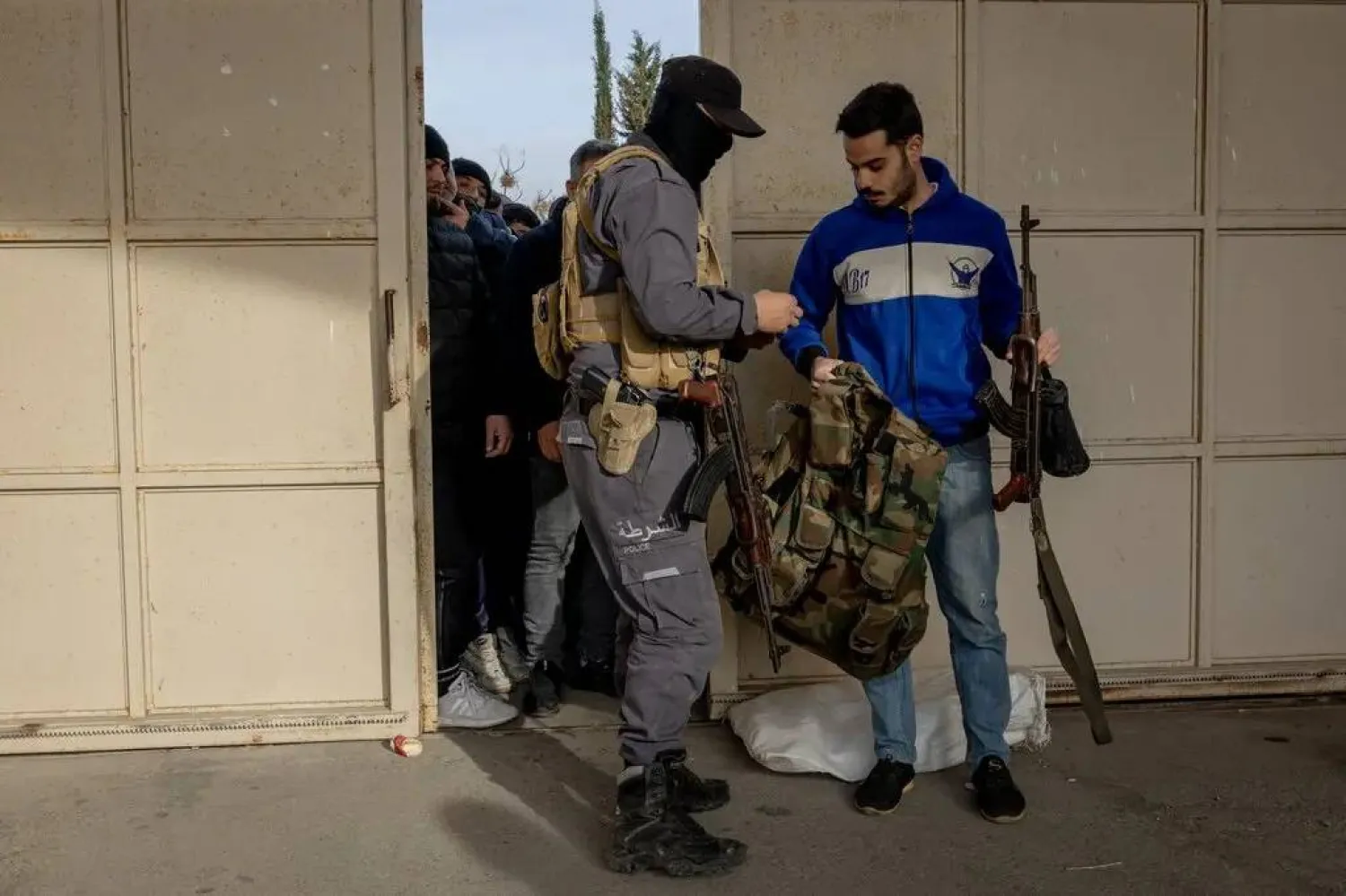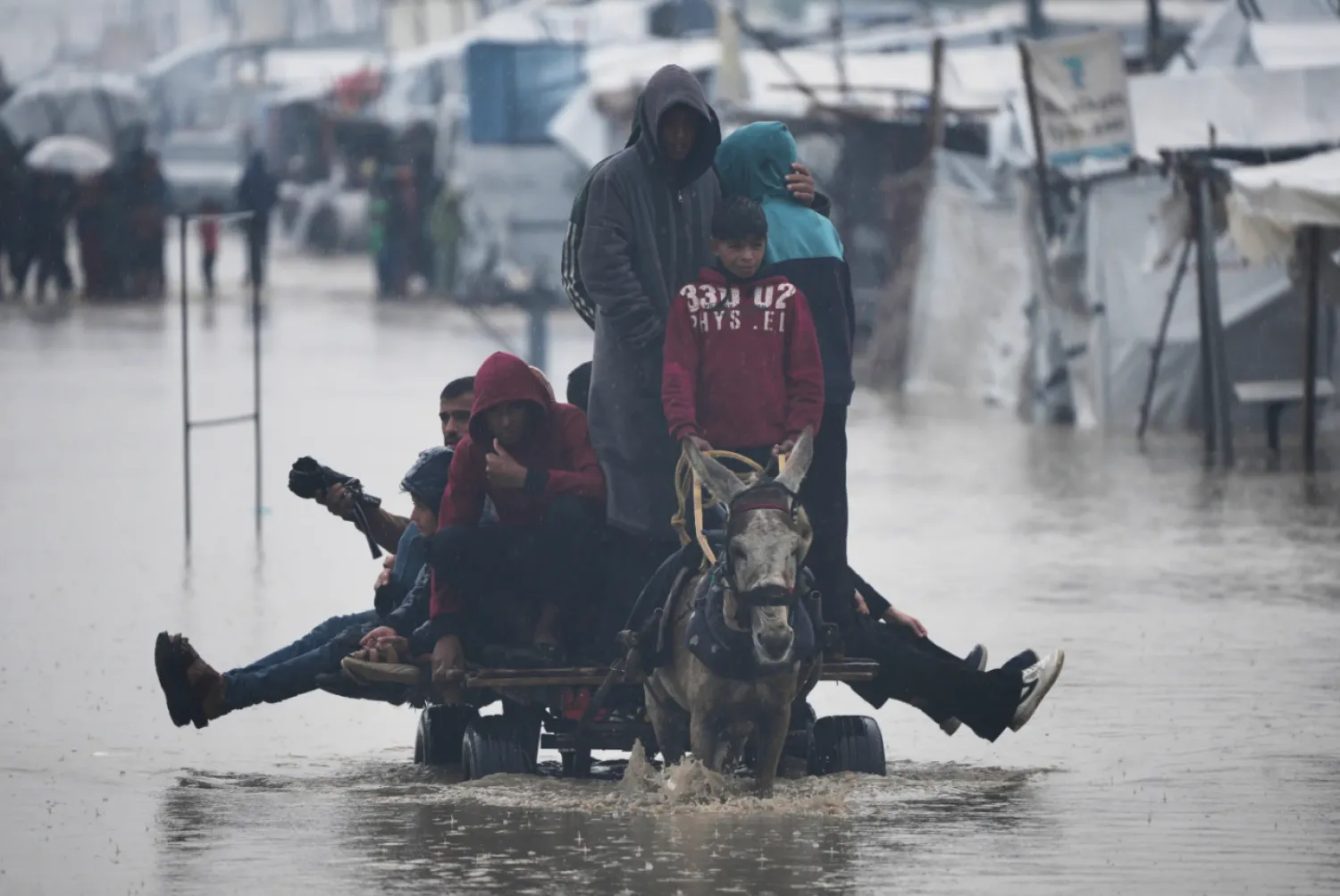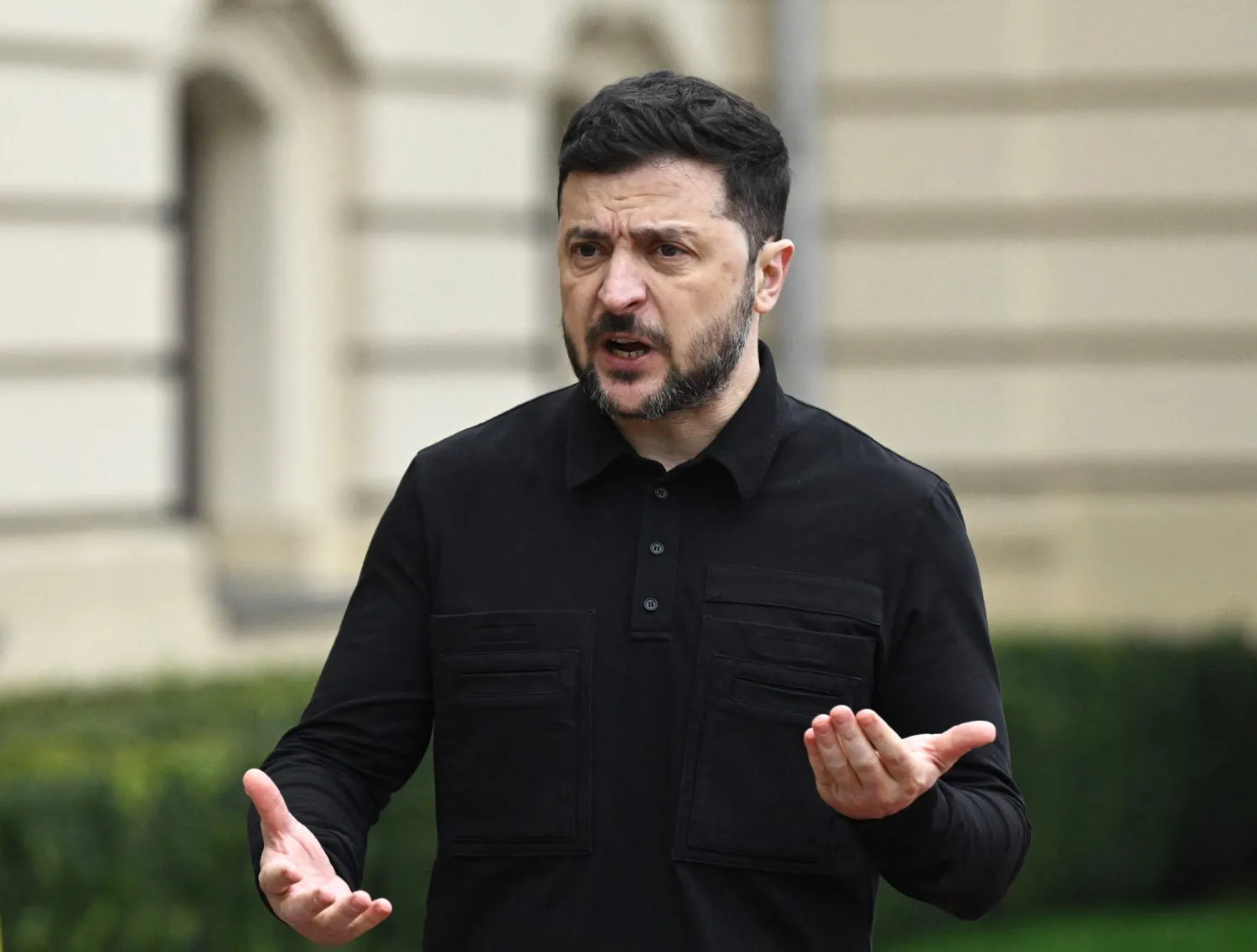Contact lines staying unchanged in Syria for about a year is comforting for some and worrisome for others. For the first time in almost a decade, the spheres of influence have not shifted among the three major players in the war-torn country.
Casting a dark shadow, the coronavirus pandemic has spread across Syrian lands uninhibited by makeshift borders. Suffering under the pandemic unites Syrians living in all three areas of influence, knowing that political affiliations mean nothing for a virus that targets everyone.
In late 2019, the initial wave of the deadly coronavirus coincided with US-Turkish-Russian understandings for the east Euphrates region in Syria and US President Donald Trump signing the Caesar Syria Civilian Protection Act, which ushered in a host of economic sanctions against Damascus.
By the time it was March 2020, the virus continued to spread across the world, Russia and Turkey signed an agreement for northwest Syria and the Caesar Act had been in effect for three months.
Since then, and for almost a year, the three spheres of influence maintained their shape without major shifts taking place. This is the longest they have remained constant since 2011.
After the Russian intervention in September 2015, the Syrian regime regained large swathes of territory. Moscow then closed agreements with each of Washington and Ankara, splitting Syria’s 185,000 square kilometers of land into three zones.
Syrian regime forces, backed by Russia and Iran, would go on to control one sphere of influence. The Kurdish-Arab Syrian Democratic Forces (SDF), backed by the US-led International Coalition, locked its control over a quarter of Syrian territory.
Meanwhile, Turkish-backed armed factions overran large territories in north and northwest Syria.
Naturally, Damascus managed to secure access to Russia’s Sputnik V vaccine against the coronavirus. Syrian Foreign Minister Faisal Mekdad, after visiting Moscow, confirmed that Syria is looking forward to receiving its supply of the vaccine.
Priority will most likely be given to army forces and medical cadres.
However, it goes without saying that the vaccine could, like Russian army forces, take months to arrive.
Initially, Damascus adopted a policy of denial towards how affected it was by the coronavirus, implementing extremely shy measures to stem the spread of the virus.
Infections jumped staggeringly in August, especially in Damascus and neighboring provinces. Lack of social distancing measures paired with a health sector devastated by years of war helped the virus spread faster in regime-held areas.
The Syrian Observatory for Human Rights reported nearly 100,000 infections and 6,500 deaths in regime-controlled areas. It accused authorities there of engaging in misinformation and seeking to conceal true figures regarding the toll of the pandemic.
Statistics released by the Health Ministry in Damascus contradicted widely with data collected from hospitals and cemeteries.
The ministry recognized only 9,603 infections, 554 deaths and 4,548 recoveries. It is worth noting that most infections and deaths took place in As Suwayda, Latakia, Tartus, Aleppo and Damascus.
The “Najha” cemetery, located in Damascus’ south, was forced to set up an entire section just to bury the remains of coronavirus victims.
Russia restrained Syrian regime ambitions for more control in Idlib and the east Euphrates region, with Russian Defense Minister Sergey Shoygu visiting Damascus in March to make sure that it commits to the Russian-Turkish agreement on Idlib and avoids all-out battles during the pandemic.
As for SDF-controlled areas, where ISIS was dealt a final defeat, the UK-based war monitor documented 34,000 infections, 13,000 recoveries, and 1,200 deaths with most cases being diagnosed in Kobane, Hasakah, Qamishli and Al-Malikiyah.
The US-backed Autonomous Administration of North and East Syria, which is the administrative wing of the SDF, acknowledged 7,581 infections, 241 deaths and 1,087 recoveries.
Tragic and catastrophic best describe the situation in SDF-run territory, where theft of medical equipment became a popular phenomenon.
The SDF has managed to convince Washington, its ally, to make some exceptions with its economic sanctions to lower the impact they have on the health sector.
In the east Euphrates region, Turkish ambitions of expansion were not setback by the spread of the virus. Fierce clashes and bombardment continued to strike fear in the hearts of locals already struggling to survive the pandemic.









